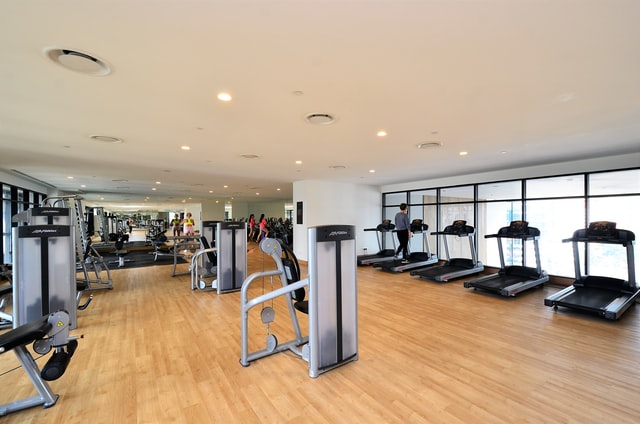Your brain is the control center of your body, which makes it a pretty big deal.
It keeps your heart beating and lungs breathing and allows you to move, feel and think.
That’s why it’s advisable to keep the brain in its optimal working condition.
It is overlooked that foods you eat impact your brain’s health and can improve mental tasks, specifically memory and concentration.
Here’s a list of different foods that positively affect brain function.
- Nuts: Studies have shown that eating nuts can improve markers of heart health, and having a healthy heart is linked to having a healthy brain .
- Coffee: The two key components in coffee caffeine and antioxidants help your brain. Drinking coffee over the long term is also linked to a reduced risk of neurological diseases, such as Parkinson’s and Alzheimer’s
- Oranges: You can get the recommended daily dose of Vitamin C from one orange, and Vitamin C has a huge role in preventing mental decline.
- Eggs: Packed with several nutrients that benefit the brain such as Vitamins B6, B12, Choline and Folate.
you can help support your brain health and boost your alertness, memory and mood by strategically including these foods in your diet.





